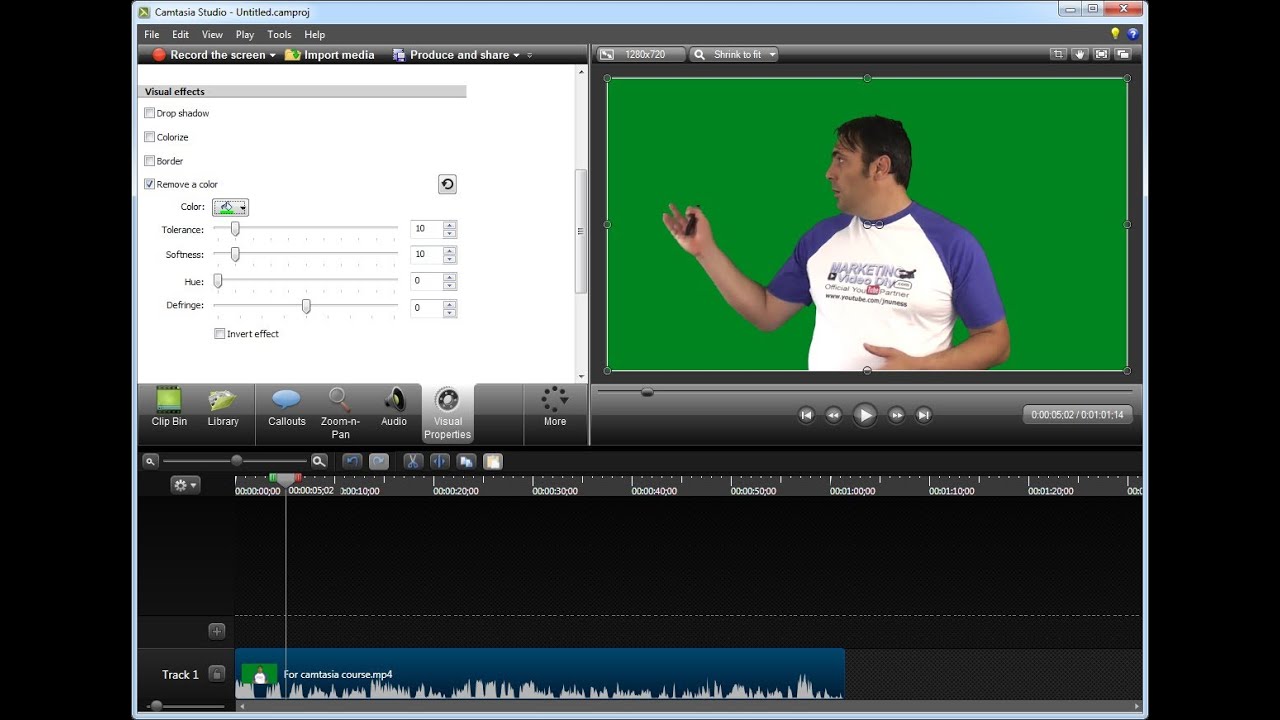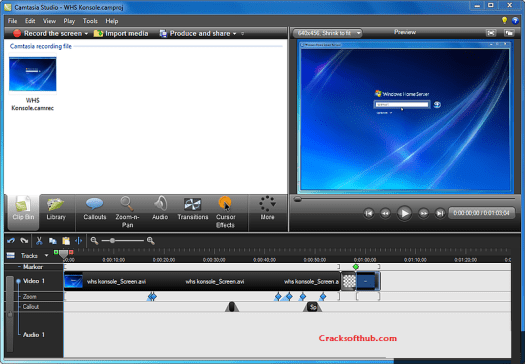
You need to manage the WebView2 Runtime yourself. Your app doesn't need to test whether the latest APIs are present. You know which WebView2 APIs are available to your app, because you control which version of the WebView2 Runtime is available to your app.

The underlying web platform (WebView2 Runtime) updates automatically without more effort from you. The Evergreen distribution mode is recommended for most developers. You can then distribute updates of your WebView2 app that use the latest WebView2 APIs, from the latest WebView2 SDK.

Afterwards, the WebView2 Runtime is automatically updated on client machines. In the Evergreen distribution mode, the WebView2 Runtime isn't packaged with your app, but is initially installed onto clients using an online bootstrapper or an offline installer. There are two different ways of distributing and updating the WebView2 Runtime to client machines: the Evergreen distribution mode, and the Fixed Version distribution mode. For example, a user doesn't have a browser desktop shortcut or an entry in the Start menu.

After the WebView2 Runtime is installed, it doesn't appear as a user-visible browser app. The WebView2 Runtime contains modified Microsoft Edge binaries that are fine-tuned and tested for WebView2 apps. The concept is similar to Visual C++ or the.

The WebView2 Runtime is a redistributable runtime and serves as the underlying (or backing) web platform for WebView2 apps. When you distribute your WebView2 app, you need to take into account how the WebView2 Runtime is distributed to and updated on client machines. When releasing an app that uses Microsoft Edge WebView2, you need distribute the WebView2 Runtime, either by distributing the automatically updated Evergreen Runtime, or by distributing a Fixed Version of the Runtime.Ī WebView2 app depends on the WebView2 Runtime on client machines.


 0 kommentar(er)
0 kommentar(er)
